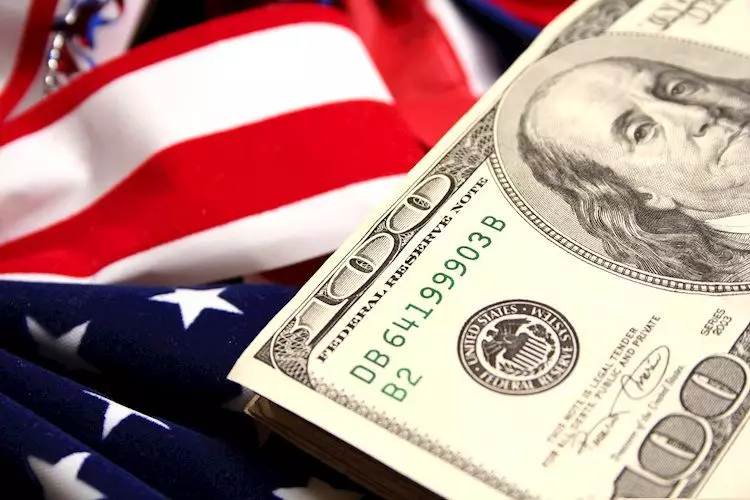Following a turbulent start to the week, the US Dollar (USD) managed to bounce back on Tuesday, remaining steady near the 103.00 mark. This recovery was fueled by an improved market sentiment, with investors regaining confidence in the stability of the Dollar. Additionally, the absence of any significant news regarding the conflict between Iran and Israel has provided further support to the Greenback’s position. Despite these gains, there are concerns that the USD’s trajectory for the day may be limited by the prevailing dovish bets on the Federal Reserve (Fed).
Rate Cut Anticipation
One of the key factors influencing the USD’s performance is the market’s anticipation of a rate cut by the Fed in September. There is a growing expectation that the Fed may reduce rates by 100 basis points by the end of the year, with some speculating on an additional 25 basis points. This speculation stems from the perceived weakness in the US economic outlook, exacerbated by soft data from July. Market participants are becoming increasingly cautious, fearing a potential recession, although officials have advised against overreacting to isolated data points.
Technical Analysis and Outlook
From a technical perspective, the outlook for the US Dollar Index (DXY) has turned bearish following a sharp decline in the Relative Strength Index (RSI). While the RSI had entered oversold territory in the previous trading sessions, it showed signs of recovery on Tuesday. Nevertheless, the DXY continues to trade below the 20, 100, and 200-day Simple Moving Averages (SMAs), indicating a bearish trend. Key support levels to watch include 102.50, 102.20, and 102.00, while resistances are at 103.00, 103.50, and 104.00.
The trajectory of the USD is intricately linked to the monetary policy decisions of the Federal Reserve. With a dual mandate of achieving price stability and fostering full employment, the Fed adjusts interest rates to achieve these objectives. When inflation surpasses the 2% target or unemployment is high, the Fed may raise rates to curb inflation, making the US a more attractive destination for global investors. Conversely, in periods of low inflation or high unemployment, the Fed may opt to lower rates to stimulate borrowing, which can weaken the USD.
In extreme circumstances, such as during the Great Financial Crisis in 2008, the Fed may resort to unconventional policies like Quantitative Easing (QE). This involves the Fed injecting liquidity into the financial system by purchasing high-grade bonds from institutions, thereby weakening the USD. On the other hand, Quantitative Tightening (QT) involves the reversal of QE, with the Fed reducing its bond purchases and allowing maturing bonds to expire without reinvestment. QT typically has a positive impact on the value of the USD.
The performance of the US Dollar is influenced by a complex interplay of market sentiment, monetary policy decisions, and technical factors. As investors navigate the uncertainty surrounding Fed rate cuts and economic indicators, the USD’s movements remain subject to volatility. Monitoring key support and resistance levels, along with Fed announcements, will be crucial in gauging the future direction of the Greenback.

